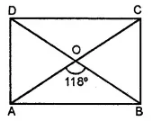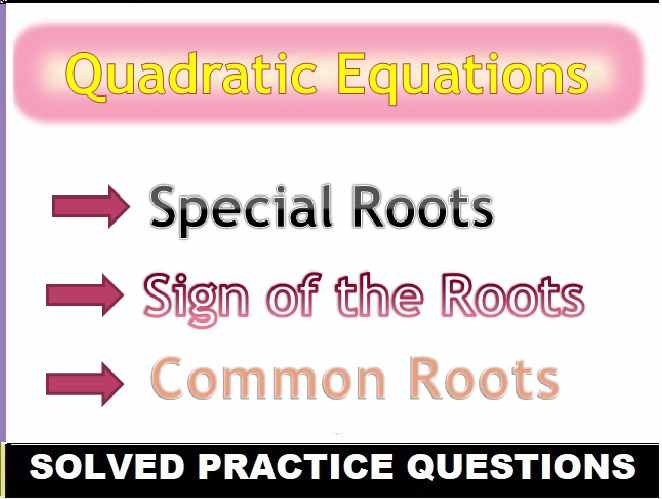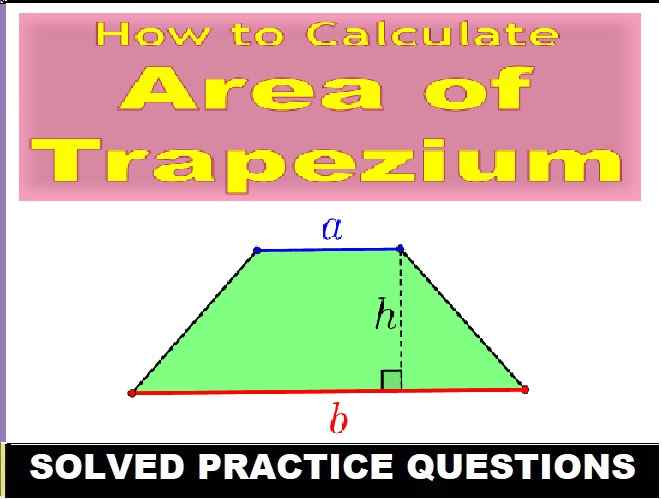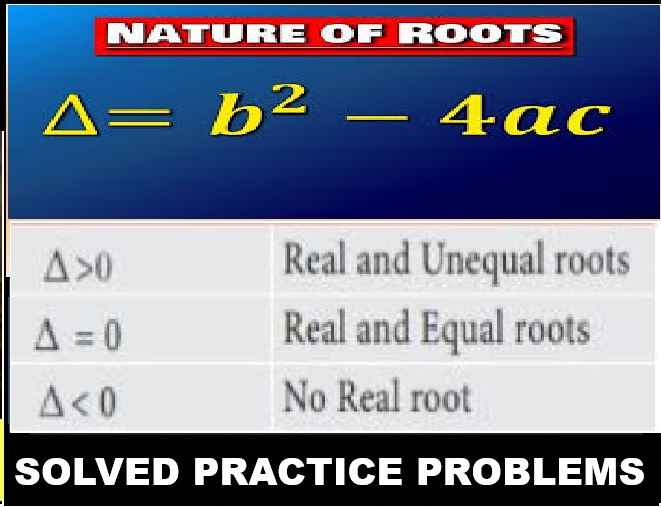ML Aggarwal Quadrilaterals Shapes Exe-13.3 Class 8 ICSE Ch-13 Maths Solutions. We Provide Step by Step Answer of Exe-13.3 Questions for Quadrilaterals Shapes as council prescribe guideline for upcoming board exam. Visit official Website CISCE for detail information about ICSE Board Class-8.
ML Aggarwal Quadrilaterals Shapes Exe-13.3 Class 8 ICSE Maths Solutions
| Board | ICSE |
| Publications | Avichal Publishig Company (APC) |
| Subject | Maths |
| Class | 8th |
| Chapter-13 | Quadrilaterals Shapes |
| Writer | ML Aggarwal |
| Book Name | Understanding |
| Topics | Solution of Exe-13.3 Questions |
| Edition | 2023-2024 |
Quadrilaterals Shapes Exe-13.3
ML Aggarwal Class 8 ICSE Maths Solutions
Page-244
Question 1. Identify all the quadrilaterals that have
(i) four sides of equal length
(ii) four right angles.
Answer:
(i) Any quadrilateral whose four sides are equal in length is a square or rhombus.
(ii) A quadrilateral having four right angles is a square or a rectangle.
Question 2. Explain how a square is
(i) a quadrilateral
(ii) a parallelogram
(iii) a rhombus
(iv) a rectangle.
Answer:
(i) A square is a quadrilateral which has four sides and four angles whose sum is 360°.
(ii) A square is a parallelogram whose opposite sides are parallel.
(iii) A square is a parallelogram whose sides are equal and so, it is a rhombus.
(iv) A square is a parallelogram whose each angle is 90°. So, it is a rectangle.
Question 3. Name the quadrilaterals whose diagonals
(i) bisect each other
(ii) are perpendicular bisectors of each other
(iii) are equal.
Answer:
(i) Rectangle, square, rhombus, parallelogram.
(ii) Square, rhombus.
(iii) Square, rectangle.
Question 4. One of the diagonals of a rhombus and its sides are equal. Find the angles of the rhombus.
Answer:
In a rhombus, side and one diagonal are equal.
∴ Angles will be 60° and 120°
Question 5. In the given figure, ABCD is a rhombus, find the values of x, y and z.

Answer:
In rhombus ABCD.
∵ The diagonals of rhombus bisect each other at right angles.
∴ AO = OC and BO = OD
AO = x, OC = 8 cm, BO =y and OD = 6 cm
∴ x = 8 cm and y = 6 cm

In ∆AOB,
AB2 = AO2 + BO2
AB2 = 82 + 62
AB2 = 64 + 36
AB2 = 100 = (10)2
AB = 10 cm
Question 6. In the given figure, ABCD is a trapezium. If ∠A : ∠D = 5 : 7, ∠B = (3x + 11)° and ZC = (5x – 31)°, then find all the angles of the trapezium.

Answer:
ABCD is a trapezium
∠A : ∠D = 5 : 7, ∠B = (3x + 11)o and ZC = (5x – 31)o
Then, ∠B + ∠C = 180o … [because co – interior angle]
(3x + 11)o + (5x – 31)o = 180o
3x + 11 + 5x – 31 = 180o
8x – 20 = 180o
8x = 180o + 20
8x = 200o
x = 200o/8
x = 25o
Then, ∠B = 3x + 11
= (3 × 25) + 11
= 75 + 11
= 86o
∠C = 5x – 31
= (5 × 25) – 31
= 125 – 31
= 94o
let us assume the angles ∠A = 5y and ∠D = 7y
sum of co – interior angles are equal to 180o.
∠A + ∠D = 180o
5y + 7y = 180o
12y = 180o
y = 180o/12
y = 15o
Then, ∠A = 5y = (5 × 15) = 75o
∠D= 7y = (7 × 15) = 105o
Therefore, the angles are ∠A = 75o, ∠B = 86o, ∠C = 94o and ∠D = 105o.
Question 7. In the given figure, ABCD is a rectangle. If ∠CEB : ∠ECB = 3 : 2 find
(i) ∠CEB,
(ii) ∠DCF

Answer:
In ∆ BCE, ∠B = 90° (∵ ABCD is a rectangle)
∴ ∠CEB + ∠ECB = 90°
3x + 2x = 90°
⇒ x= 18°
∴ ∠CEB = 3x = 3 × 18° = 54°
Now, ∠CEB = ∠ECD = 54° (Alternate angles)
Also ∠ECD + ∠DCF = 180° (Linear pair)
⇒ ∠DCF = 180 – 54= 126°
Question 8. In the given figure, ABCD is a rectangle and diagonals intersect at O. If ∠AOB = 118°, find

(i) ∠ABO
(ii) ∠ADO
(iii) ∠OCB
Answer:
ABCD is a rectangle and diagonals intersect at O.
∠AOB = 118o
(i) Consider the ΔAOB,
∠OAB = ∠OBA
Let us assume ∠OAB = ∠OBA = yo
Sum of measures of interior angles of triangle is equal to 180o.
∠OAB + ∠OBA + ∠AOB = 180o
y + y + 118o = 180o
2x + 118o = 180o
2y = 180o – 118o
2y = 62o
y = 62/2
y = 31o
So, ∠OAB = ∠OBA = 31o
Hence, ∠ABO = 31o
(ii) We know that sum of liner pair angles is equal to 180o.
∠AOB + ∠AOD = 180o
118o + ∠AOD = 180o
∠AOD = 180o – 118o
∠AOD = 62o
Now consider the ΔAOD,
Let us assume the ∠ADO = ∠DAO = x
∠AOD + ∠ADO + ∠DAO = 180o
62o + x + x = 180o
62o + 2x = 180o
2x = 180o – 62
2x = 118o
x = 118o/2
x = 59o
Hence, ∠ADO = 59o
(iii) ∠OCB = ∠OAD = 59o … [because alternate angles are equal]
Question 9. In the given figure, ABCD is a rhombus and ∠ABD = 50°. Find :
(i) ∠CAB
(ii) ∠BCD
(iii) ∠ADC

Answer:
(i) We know that diagonals of a rhombus
are ⊥ to each other.

∴ ∠BOA = 90°
In ∆ AOB,
∠OAB + ∠BOA + ∠ABO = 180°
∠OAB + 90° + 50° = 180°
∠OAB = 180 – 140 = 40°
∴ ∠CAB = ∠OAB = 40°
(ii) ∠BCD = 2 ∠ACD = 2 × 40° = 80°
(∵ ∠CAB = ∠ACD alternate angles)
(iii) ∠ADC = 2 ∠BDC = 2 × 50° = 100°
(∵ ∠ABD = ∠BDC alternate angles)
Quadrilaterals Shapes Exe-13.3
ML Aggarwal Class 8 ICSE Maths Solutions
Page-245
Question 10. In the given isosceles trapezium ABCD, ∠C = 102°. Find all the remaining angles of the trapezium.

Answer:
AB || CD
∠B + ∠C = 180°
(∵ adjacent angles on the same side of
transversal are supplementary)
⇒ ∠B + 102° = 180°
∠B = 180°- 102° = 78°
As AD = BC (Given)
∴ ∠A = ∠B = 78°
∠A + ∠B + ∠C + ∠D = 360°
78° + 78° + 102° + ∠D = 360°
∠D + 258° = 360°
∠D = 102°
Question 11. In the given figure, PQRS is a kite. Find the values of x and y.

Answer:
In the figure, PQRS is a kite
∠Q = 120° and ∠R = 50°
∴ ∠Q = ∠S
∴ x = 120°
∠P + ∠R = 360° – (120° + 120°)
∠P + ∠R = 360° – 240° = 120°
But ∠R = 50°
∴ ∠P = y = 120°- 50° = 70°
Hence, x = 120°, y = 70°
— End of Quadrilaterals Shapes Exe-13.3 Class 8 ICSE Maths Solutions :–
Return to : – ML Aggarwal Maths Solutions for ICSE Class -8
Thanks


